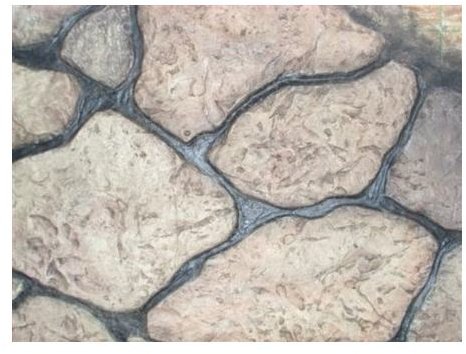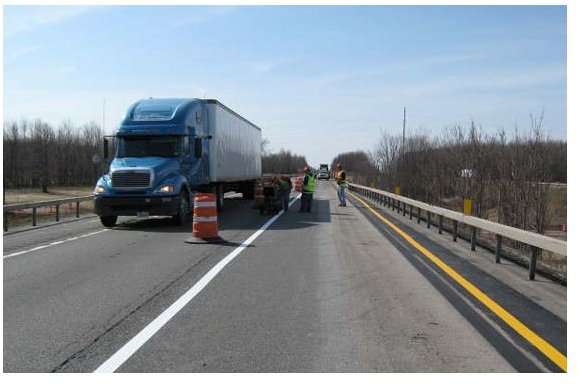What is Engineered Cementitious Composite (ECC)?
Why Require Improved Concrete?
Concrete with adequately high comp

ressive strength has been in use for structural purposes. However, the majority of these materials continue to be brittle. It has been observed that sometimes the brittleness is increased as the compressive strength rises. This creates potential restrictions on the use of high strength concrete in structures. When there is a contact between concrete and steel, a high stress concentration is produced that may cause a fracture of the concrete. Such examples are numerous like steel anchors located in the concrete at the base of a column, or in hybrid structures where steel and concrete come into contact with each other. Use of high ductility concrete in seismic zones is recommended due to its high seismic response. Thus, it was envisaged that the development of cementitious materials with high ductility would be valuable for structural applications. Extensive research has produced a composite material called engineered cementitious composites that has characteristics of high strength concrete with increased tensile strain capability.
What is Engineered Cementitious Composite?
The material ingredients of engineered cementitious composite are similar to that of fiber reinforced concrete, including cement, sand, water, fiber, and a few chemical additives. Unlike the fiber reinforced concrete, the engineered cementitious composites do not include large volume of fiber. The mixing procedure of engineered cementitious composites is similar to that employed for the normal concrete. The engineered cementitious composites are economical by a reduction in the usage of fiber while maintaining the desired characteristics of strength and ductility.
The basic difference in the properties of engineered cementitious composite and fiber reinforced concrete is that afer cracking the engineered cementitious composite strain hardens while the fiber reinforced concrete does not exhibit such a behavior. In fiber reinforced concrete, the crack develops with the rupture of the fibers due to which the stress bearing capability is decreased. In addition, the engineered cementitious composites have a high fracture toughness that is similar to that of aluminium alloys, and the damage tolerance is extremely high.
Application Of Engineered Cementitious Composite
Engineered cementitious composites ar

e being used in shear elements that are subjected to a cyclic loading, in the mechanical elements of the beam and column combination, and for general structural repairs. These composites are commonly being used in structures that have a high energy absorption, including dampers, steel element joints and for hybrid steel connections. In addition to the structural applications, these composites are being used as a shielding layer for increasing the corrosive resistance of structures. Other potential targets of engineered cementitious composites include underground structures, highway pavements, and bridge decks.